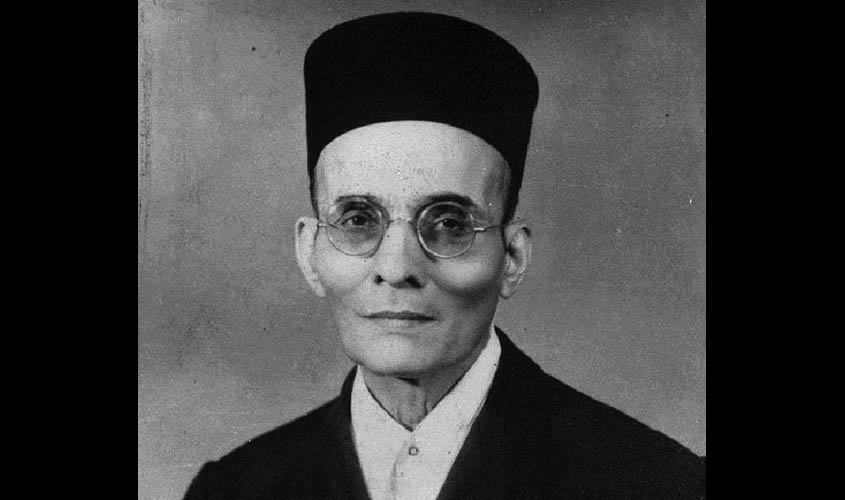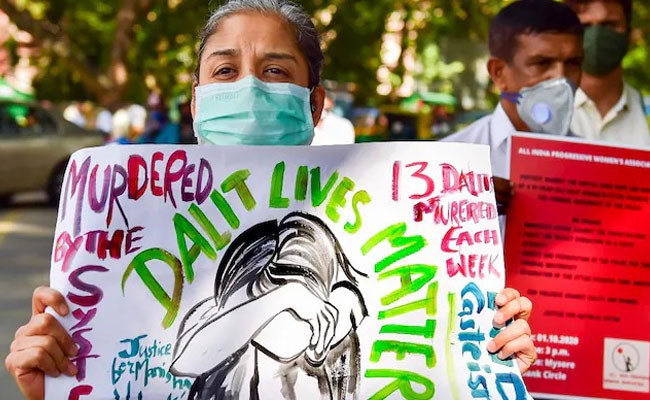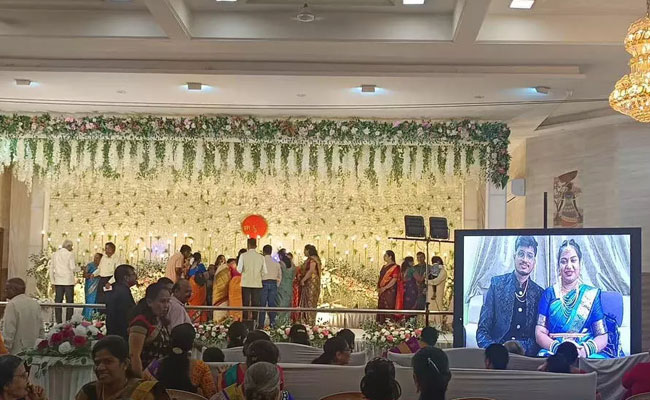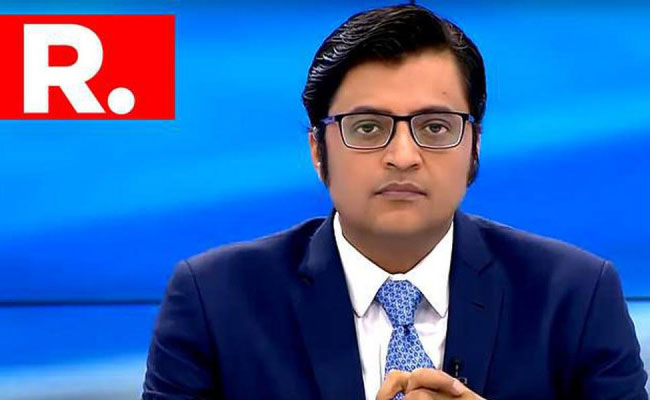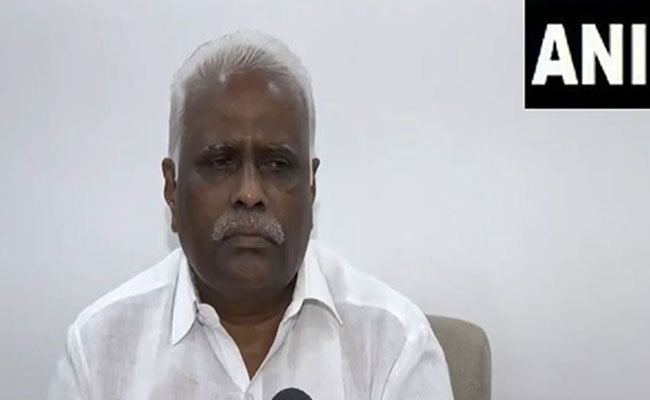The new Yelahanka flyover in Bangalore stands a symbol of the capital city’s development dreams. The Karnataka government has turned the naming of this flyover – already open to the public – into a controversy that is so avoidable in these times of Corona. It would have been meaningful if the focus were to be on the migrant laborers who constructed the flyover. The laborers who constructed the flyover are now on the streets without homes and away from their villages. Laborers who work on our development projects have many times been thrown out of their dwellings after completion of projects and have been termed ‘migrant laborers’.
Laborers who worked on the construction of the Yelahanka flyover are facing the same situation and have disappeared into oblivion with the state probably not even aware of the names of those who literally constructed it in the first place. Ironically, the state government is now using the opportunity of naming the flyover to drive a wedge between people. As if there is a dearth of eminent Kannadigas who have excelled in various fields after whom the flyover can be named, the state is trying to name the flyover after V.D.Savarkar who has no connection whatsoever with Karnataka and this has naturally angered the Kannadigas. It is obvious that the state government’s intention is to divert public attention from the livelihood issues that people are now facing due to the Coronavirus.
Naming a flyover or a development project, in this case, the flyover that is already being used has no obvious connection to the project itself. Usually, developmental projects are named after historical or political figures for two reasons: One, to make sure that the values that the person whom the project is named after stays alive in the memory of the people. Two, to make leaders popular. The state government is trying to achieve the second objective by naming the Yelahanka flyover after Savarkar.
The move is an extension of the Sangh Parivar’s agenda to rewrite the history of our independence, a significant part of which is to portray Savarkar, who has gained notoriety for all the wrong reasons in history, as a ‘hero, a brave heart, and a freedom fighter’. If Savarkar was a true hero, the state government did not have to resort to such gimmicks to popularize him. In fact, the country remembers Bhagat Singh, Azad, Gandhi, or Nehru not because their names have been used to identify roads or bridges, but because of their significant contribution to the country.
It is true that Savarkar participated in the country’s freedom struggle but it is equally true that later he stayed away from the freedom struggle after apologizing to the British twice. He lived the rest of his life being obedient and loyal to the British. But, this doesn’t mean we have to erase his name from the history of India’s freedom struggle. The terrible punishment of ‘Kaalapaani’ meted out by the British made him apologize and stay away from the freedom movement. The allegation that the British later used him to conspire against freedom fighters should also not be forgotten.
It is also recorded in history that Savarkar tried to stop freedom fighters from joining Subhash Chandra Bose’s Indian National Army (INA) to fight against the British. The biggest blot however is that he was one of the accused persons in the assassination of Mahatma Gandhi. Although he was acquitted for lack of evidence, history documents that Savarkar was one of the conspirators of the Mahatma’s assassination and the one who mentally prepared Nathuram Godse to carry out the heinous act. What then is the need for naming a flyover after someone who has such a permanent blot to his name is the question that the government is facing from Kannada organizations.
If the state government is bent upon naming the Yelahanka flyover, it can name it after Kempe Gowda who built the city or it can also choose from the hundreds of people who have sacrificed everything for the freedom struggle. This way, the state government can take the credit for familiarizing and popularizing these forgotten names to the new generations. In addition to imposing Hindi and leaders from the North on Kannadigas, the way in which the state government is now trying to import Savarkar into the conscience of Karnataka is questionable. When the state has a long list of distinguished people such as Rani Abbakka, Kittur Rani Chennamma, freedom fighter H.S.Doreswamy, Dr. Raj Kumar from whom one can be chosen, what is the need for the state to choose the name of Savarkar who is such a controversial figure? If BJP leaders want to show their allegiance towards Savarkar or their pride in him, they can choose to name their party office or other buildings of the party after him. If the BJP truly believes in what Savarkar propagated, let them then adopt his stand towards cows. Savarkar had opposed addressing the cow as a ‘mathe’ (motherly figure). This move of imposing Savarkar on the people of the state is nothing but an attack on the Kannada spirit that believes in the values of uniting people and not dividing. The state government should immediately rescind its decision and name the flyover after one of those Kannadigas who have fought for the Kannada land and language and have knit its people together.
Let the Truth be known. If you read VB and like VB, please be a VB Supporter and Help us deliver the Truth to one and all.
Jhansi: A Dalit youngster was assaulted and humiliated by a group of men in a village under Premnagar police station limits on November 22, after being taken away on the pretext of being offered a cigarette. The incident came to wider attention after a video of the assault surfaced on Thursday.
According to the complaint, the youngster was standing near Goswami Restaurant in Rajgarh when Nishant Saxena, Sukrit and Kanishk approached him and asked him to accompany them. He was allegedly taken on a scooter to Saxena’s house, where two others Bhanu Pal and Ravindra were present. The group is accused of beating him with slippers, fists, kicks and sticks, abusing him with caste slurs, recording the assault on video and threatening him with a firearm, The Observer Post reported.
The video shows the youth being repeatedly slapped and kicked, forced to apologise, and made to touch one of the assailants’ feet. It also shows a man, identified as Saxena, pointing a firearm at him and ordering him to undress. The youngster is heard pleading with folded hands, saying he does not want to be taken to the police station.
CO Sadar Ramveer Singh said a case has been registered under sections of the Bharatiya Nyaya Sanhita and the SC/ST (Prevention of Atrocities) Act. He confirmed that three accused Sukrit, Anand Nayak and Kanishk Ahirwar have been arrested, while the main accused, Nishant Saxena, remains absconding.

